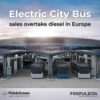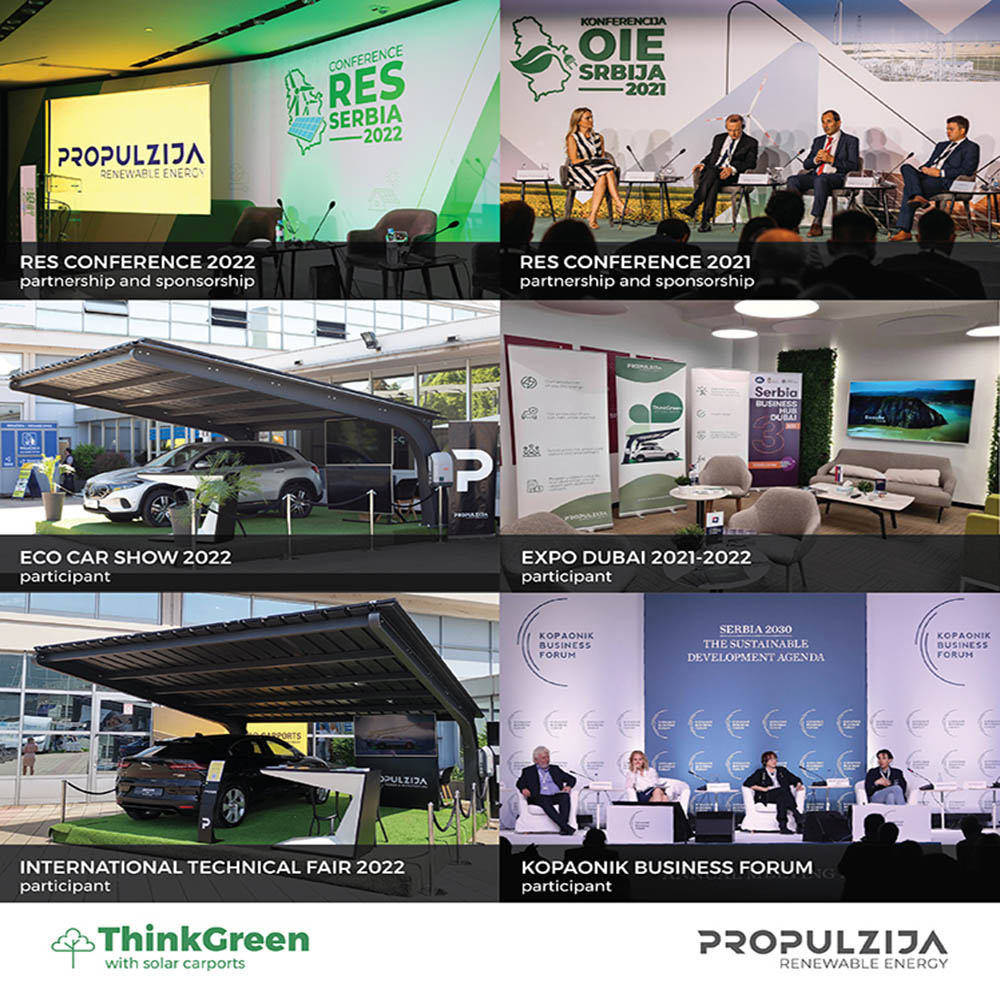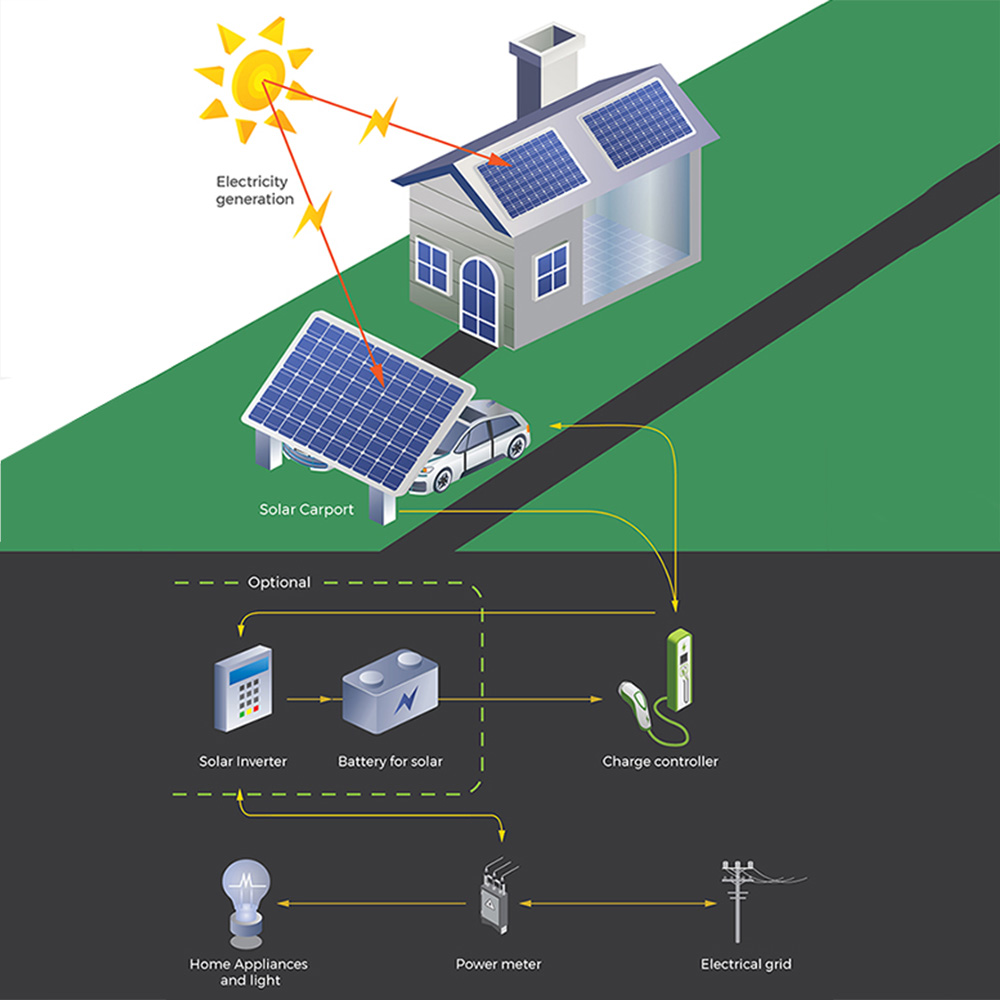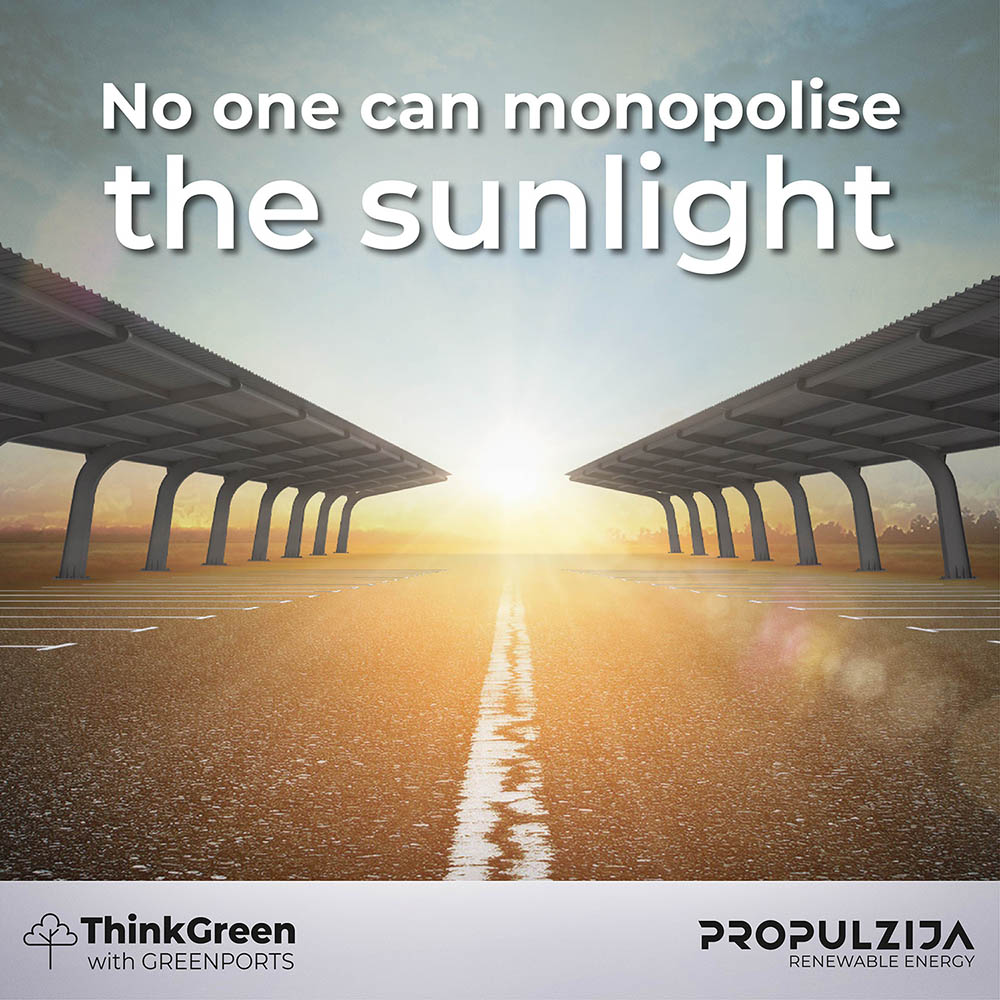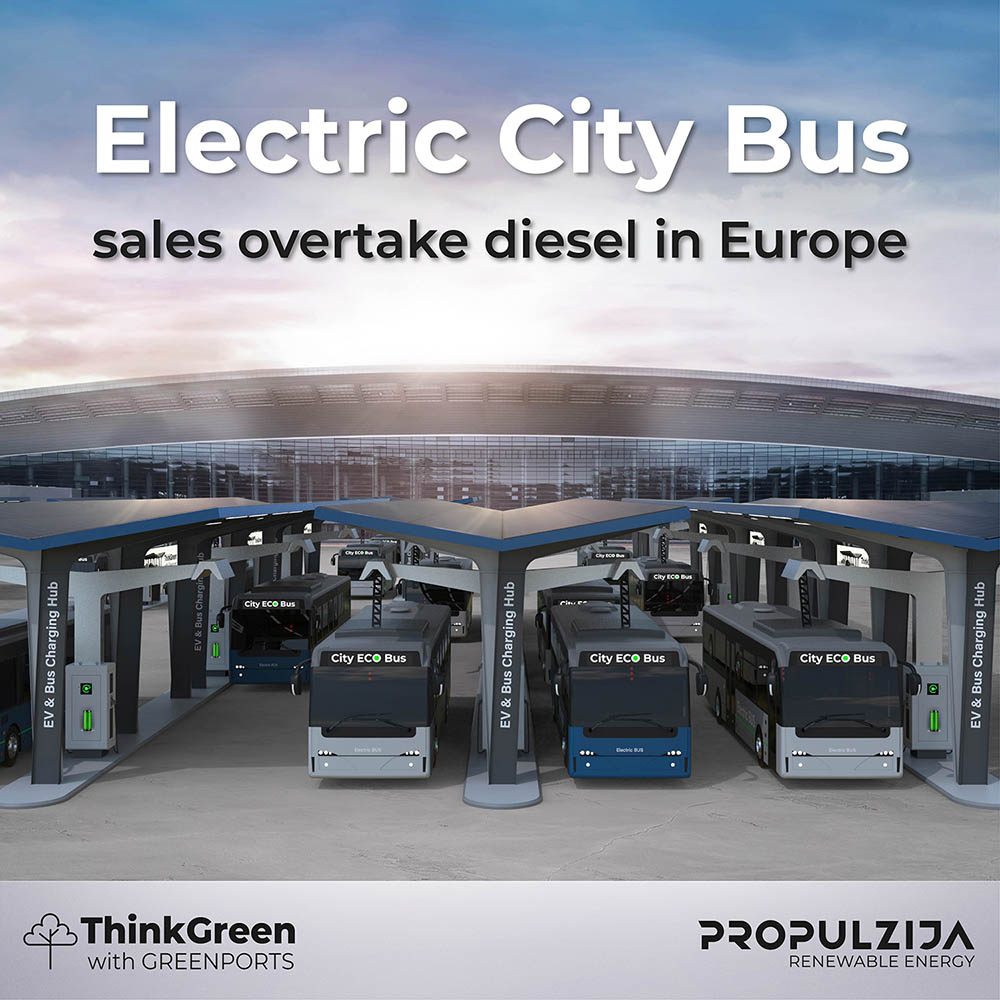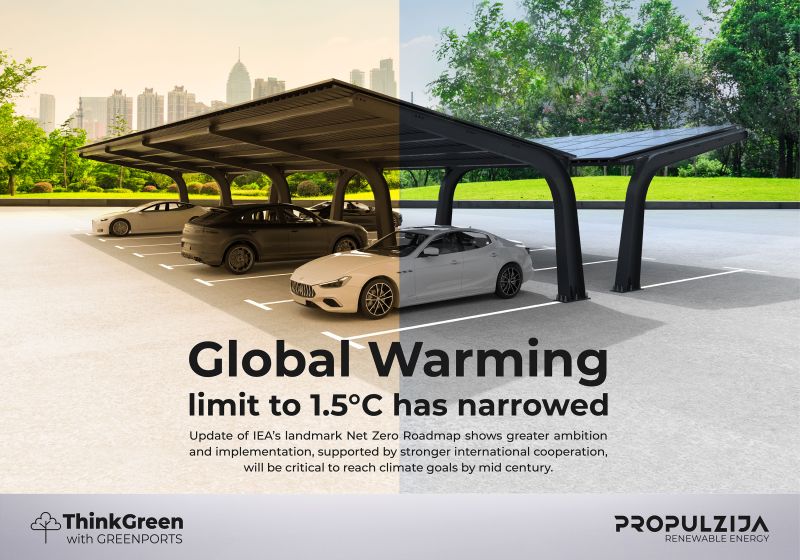
Global warming
The path to limiting global warming to 1.5°C has narrowed, but clean energy growth is keeping it open.
Driving greenhouse gas emissions from the world’s energy sector to net zero and limiting global warming to 1.5°C remains possible due to the record growth of key clean energy technologies, though momentum needs to increase rapidly in many areas, according to a new edition of the IEA’s landmark Net Zero Roadmap.
Since 2021, record growth in solar power capacity and electric car sales are in line with a pathway towards net zero emissions globally by mid-century, as are industry plans for the roll-out of new manufacturing capacity for them. This is significant, since those two technologies alone
deliver one-third of the emissions reductions between today and 2030 in the pathway.
Yet bolder action is necessary this decade. In this year’s updated net zero pathway, global renewable power capacity triples by 2030. Meanwhile, the annual rate of energy efficiency improvements doubles, sales of electric vehicles and heat pumps rise sharply, and energy sector methane emissions fall by 75%.
These strategies, which are based on proven and often cost- effective technologies for lowering emissions, together deliver more than 80% of the reductions needed by the end of the decade.
Source: IEA

Global warming
The path to limiting global warming to 1.5°C has narrowed, but clean energy growth is keeping it open.
Driving greenhouse gas emissions from the world’s energy sector to net zero and limiting global warming to 1.5°C remains possible due to the record growth of key clean energy technologies, though momentum needs to increase rapidly in many areas, according to a new edition of the IEA’s landmark Net Zero Roadmap.
Since 2021, record growth in solar power capacity and electric car sales are in line with a pathway towards net zero emissions globally by mid-century, as are industry plans for the roll-out of new manufacturing capacity for them. This is significant, since those two technologies alone
deliver one-third of the emissions reductions between today and 2030 in the pathway.
Yet bolder action is necessary this decade. In this year’s updated net zero pathway, global renewable power capacity triples by 2030. Meanwhile, the annual rate of energy efficiency improvements doubles, sales of electric vehicles and heat pumps rise sharply, and energy sector methane emissions fall by 75%.
These strategies, which are based on proven and often cost- effective technologies for lowering emissions, together deliver more than 80% of the reductions needed by the end of the decade.
Source: IEA

